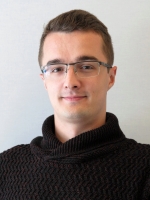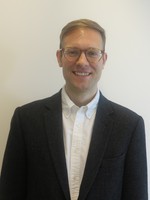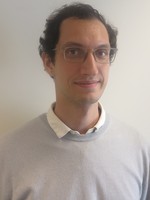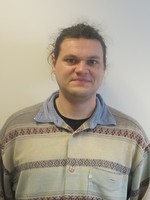
Group leader: Dr. Roland Bliem
Materials & Surface Science for EUVL
The Materials and Surface Science for EUV Lithography (MatSurf) group focuses on understanding the evolution of surfaces at the extreme conditions of EUV lithography. In EUV lithography, materials are placed in a peculiar environment: a low-pressure plasma. This plasma contains highly reactive species such as ions and radicals, which change surfaces, coatings, and even bulk materials. While similar conditions are also relevant for materials in space and for novel catalysis approaches using plasma-activated molecules, it is not well-understood how plasmas change surfaces at the atomic scale. In the MatSurf group, we build a bridge between plasma applications and the fundamental understanding provided by in situ surface science. To achieve this, we expose well-defined surfaces to plasma-activated environments and follow reaction steps and surface modifications live using in situ spectroscopy.
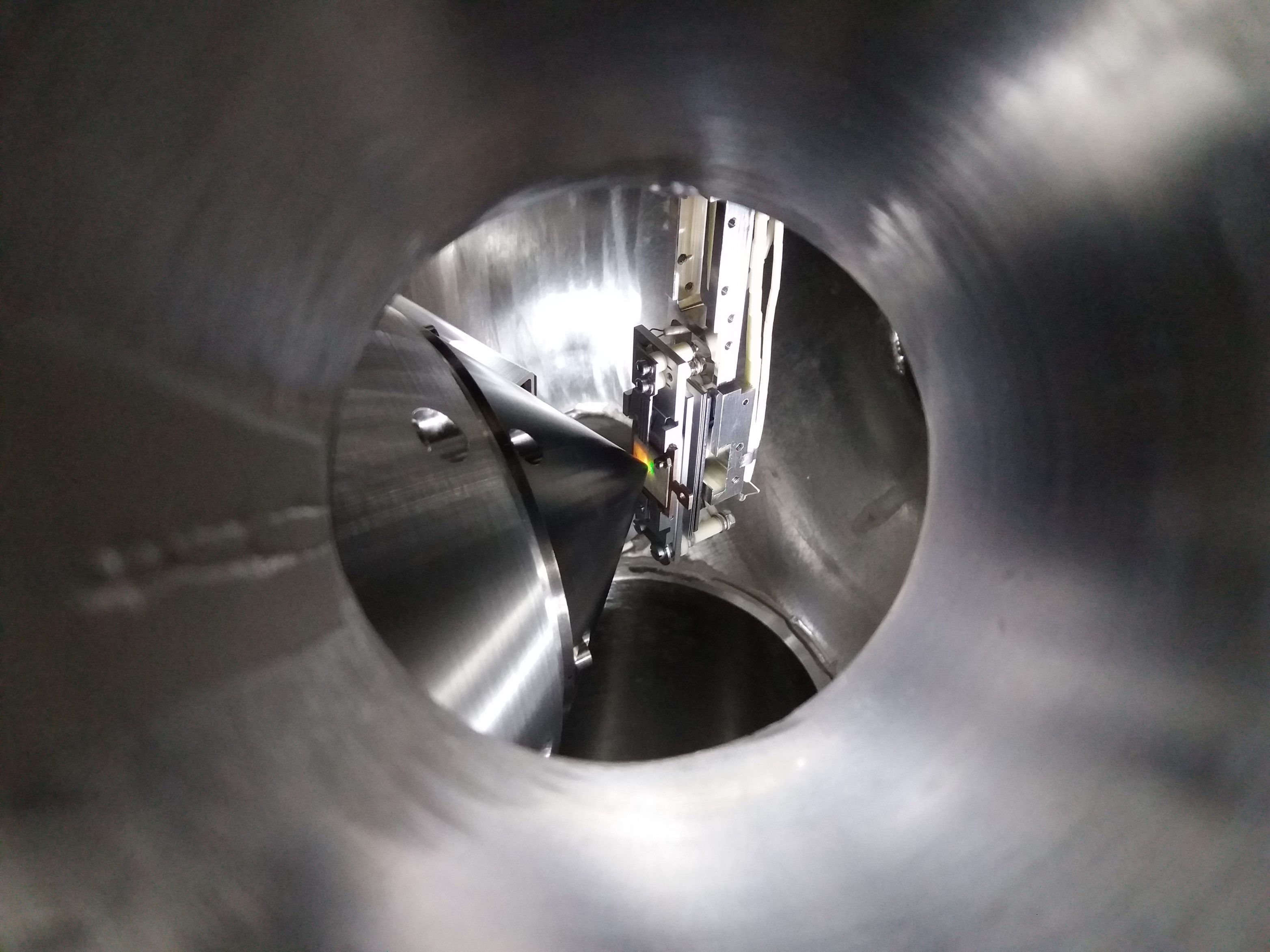
Near-ambient pressure X-ray photoelectron spectroscopy
One of the most common methods of electron spectroscopy makes use of the photoelectric effect, the emission of electrons from occupied states in chemical elements upon irradiation with X-rays or UV light. The energy of the radiation is transferred to an electron with a well-defined binding energy, which needs to be overcome for the electron to leave the atom. The emitted electron carries the remaining energy as its kinetic energy. This kinetic energy is measured and, together with the known energy of the radiation, allows to calculate the binding energy of the electron, which is characteristic for the chemical element and its oxidation state. While electrons interact strongly with matter, advanced designs using differential pumping and electron optics allow for experiments at elevated pressures (near-ambient pressure XPS, NAP-XPS). In the past two decades, XPS at elevated pressures has advanced in multiple ways, resulting in a higher accessible pressure range, optimized designs for electrochemical experiments, and even NAP-XPS during exposure to radicals, ions, and plasma.



